Day 66 (June 17, 2017)
Kaida Plateau, Nagano → Jizō Pass → Kiso Fukushima, Nagano
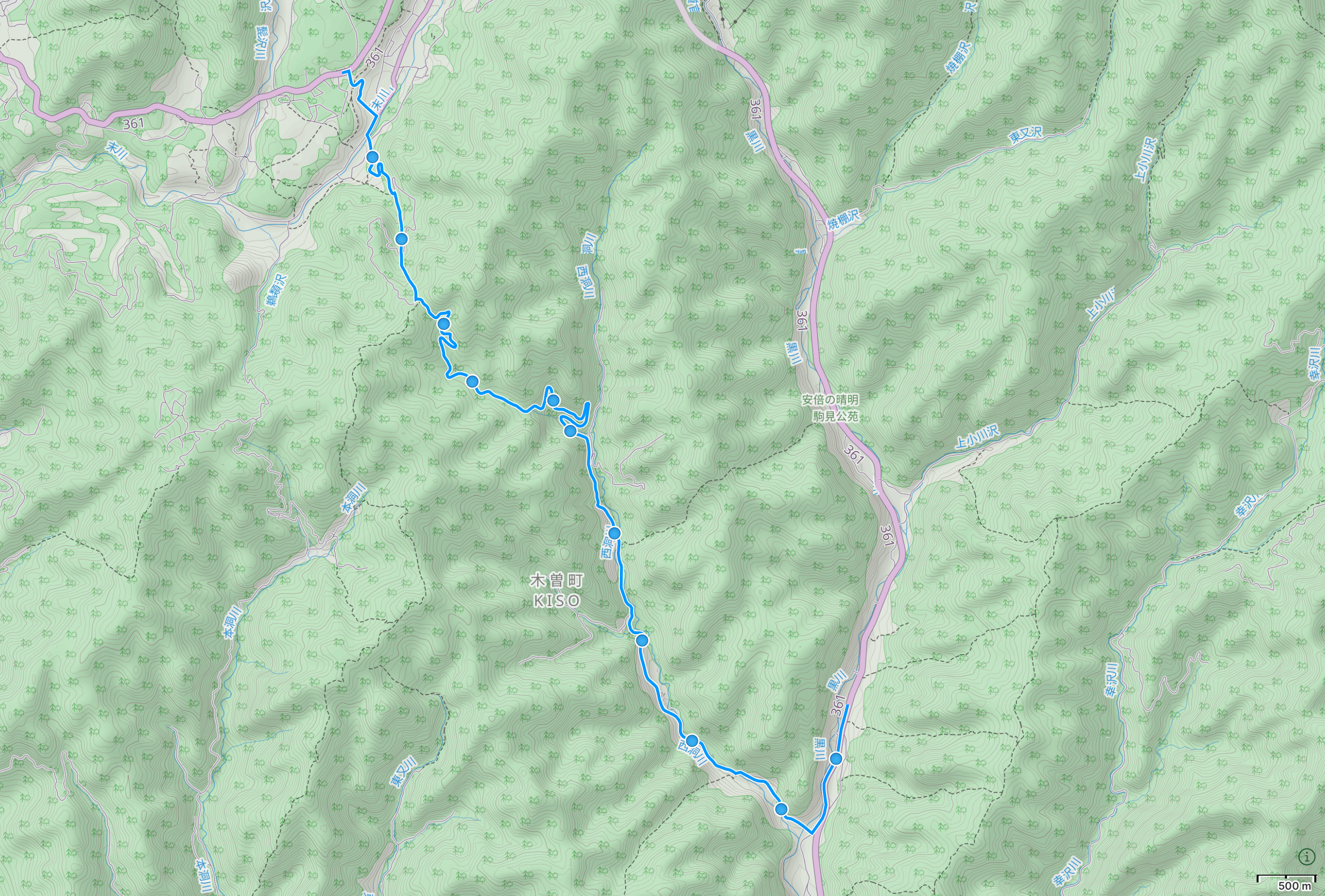
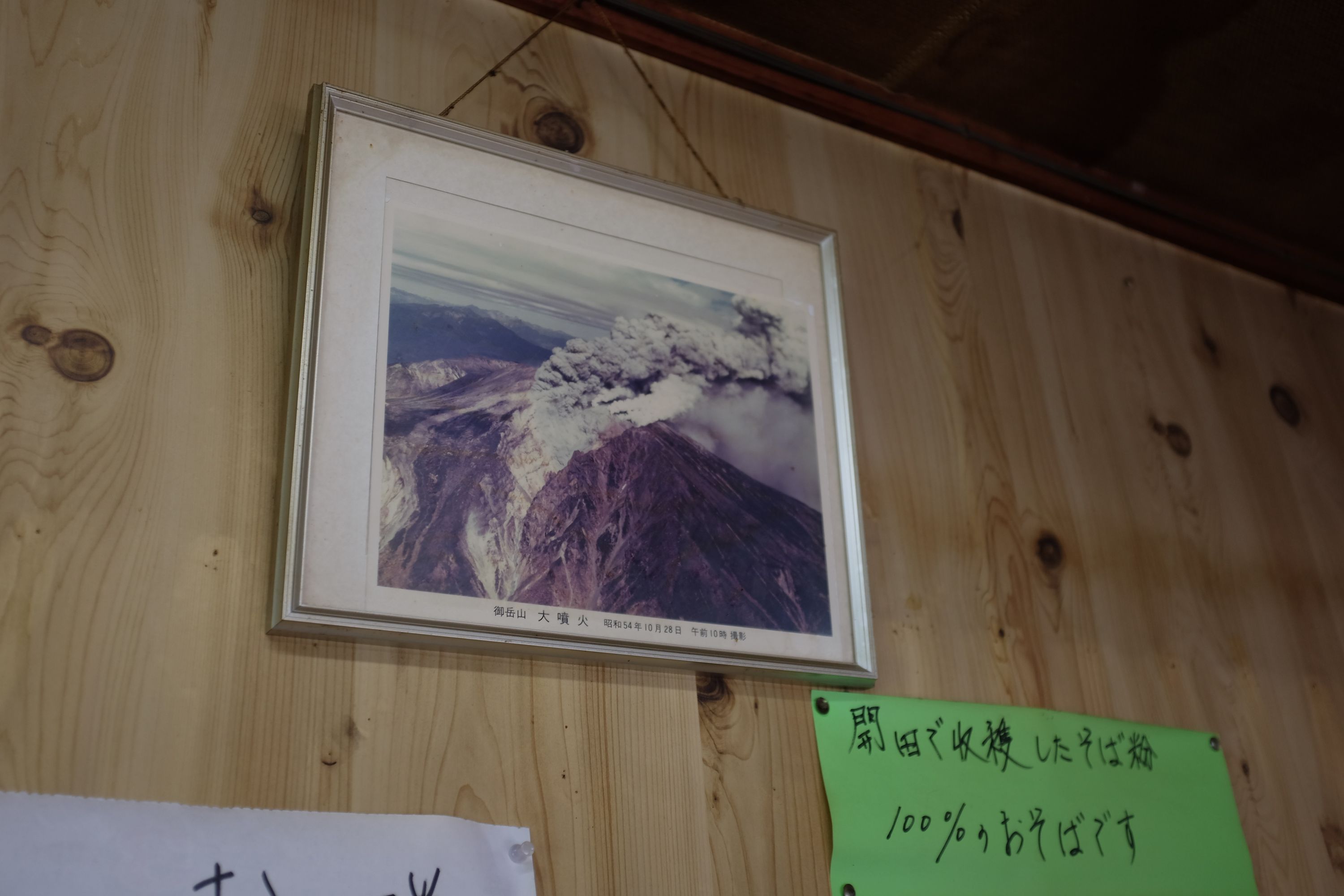
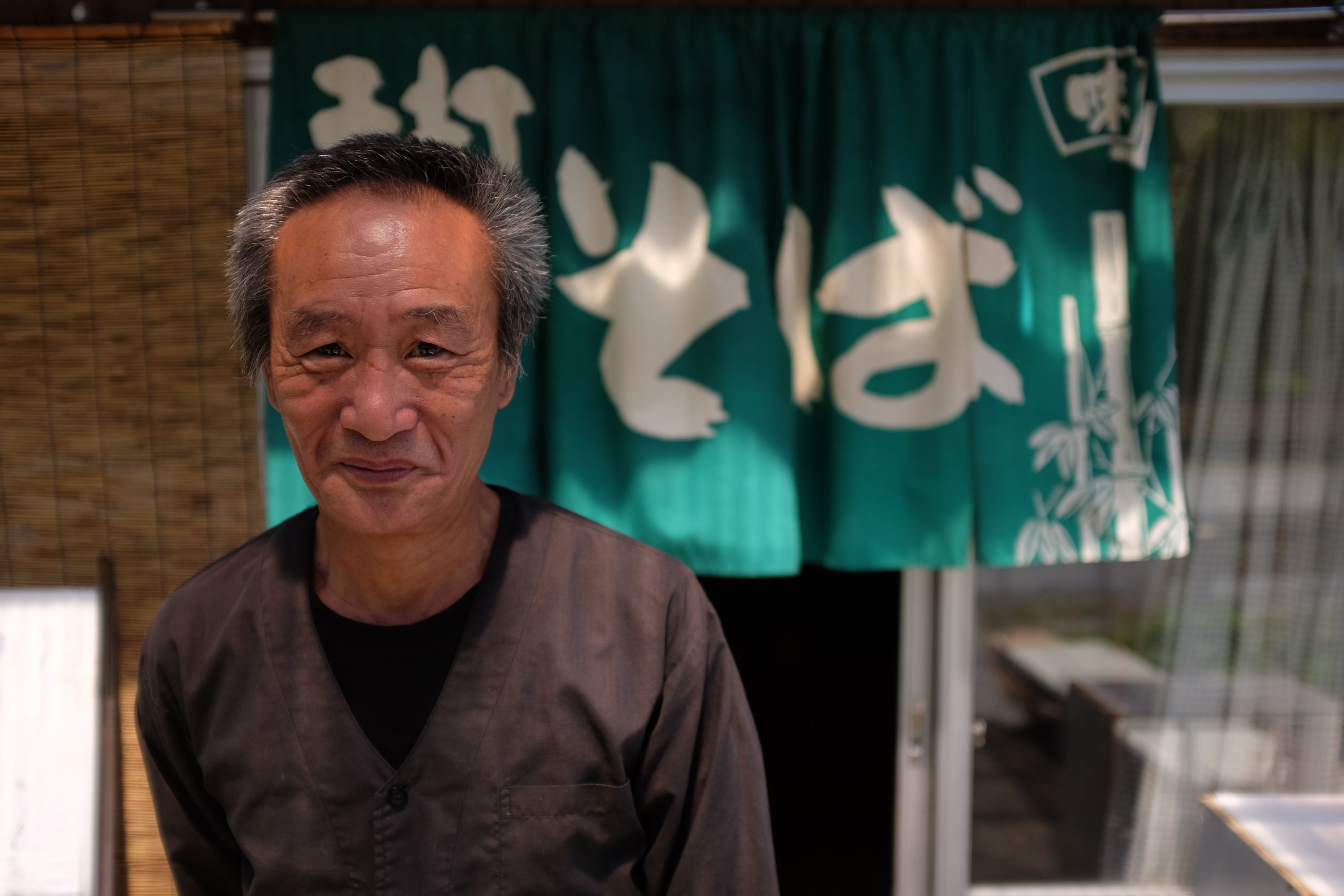
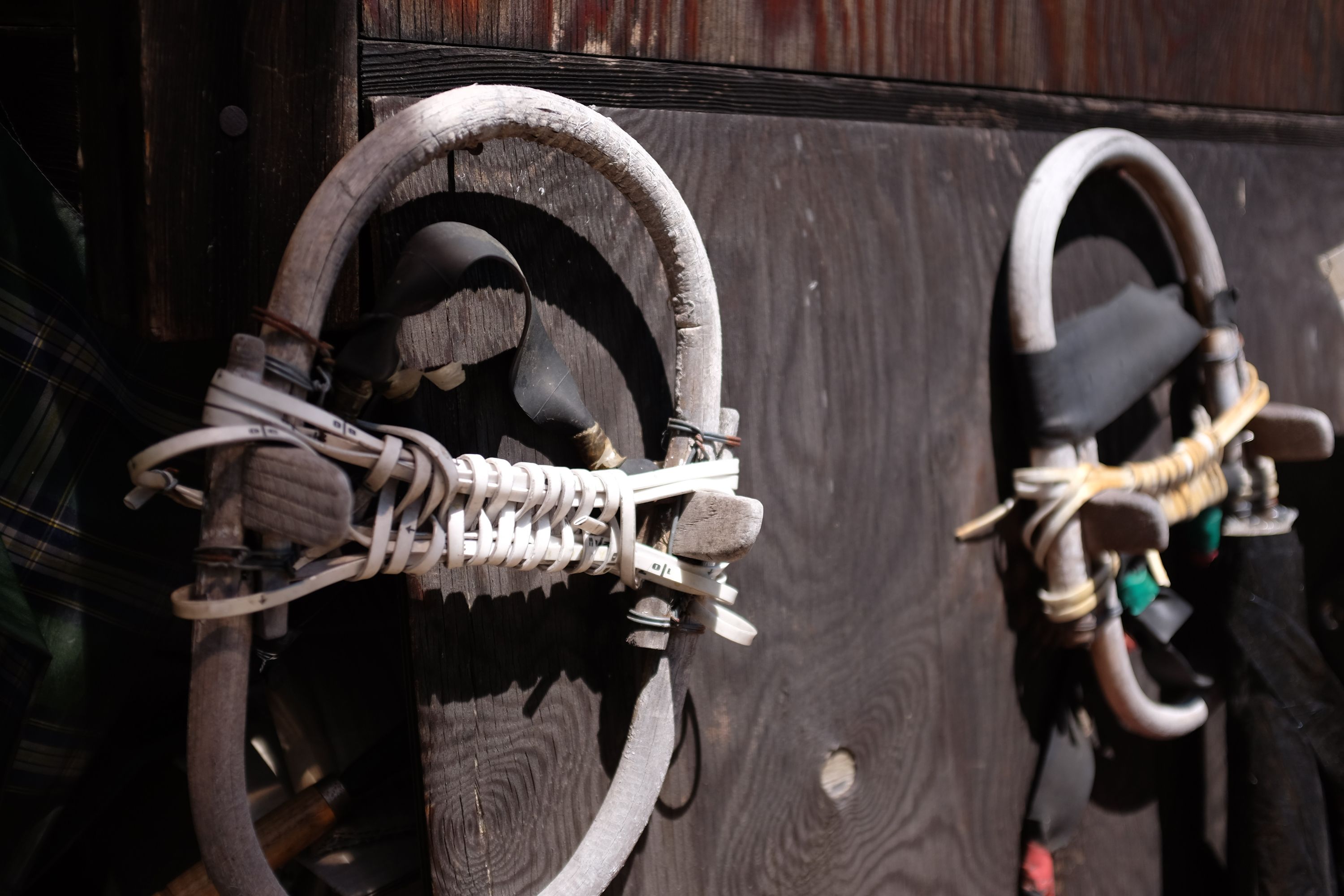
“In the 54th year of the Emperor Shōwa, the year before you were born, the volcano erupted,” Mr. Koju said, and returned to his rolling pin. I climbed down to the river with my teacup, and squatted on the rocks while he prepared my breakfast, in one of the mountain village on the Kaida Plateau, where I had slept on a porch under a cold, black sky. “The trees up on the ridge were small then, and you could see Mount Ontake from your window,” he said, and I sat at the window, and ate my double serving of buckwheat noodles, then the buckwheat pancake he brought for dessert. “My special recipe,” he said. His old snowshoes hung on two nails by the entrance. I climbed out of the valley, and no tree was big enough to hide the volcano, a castle in the cerulean sky.
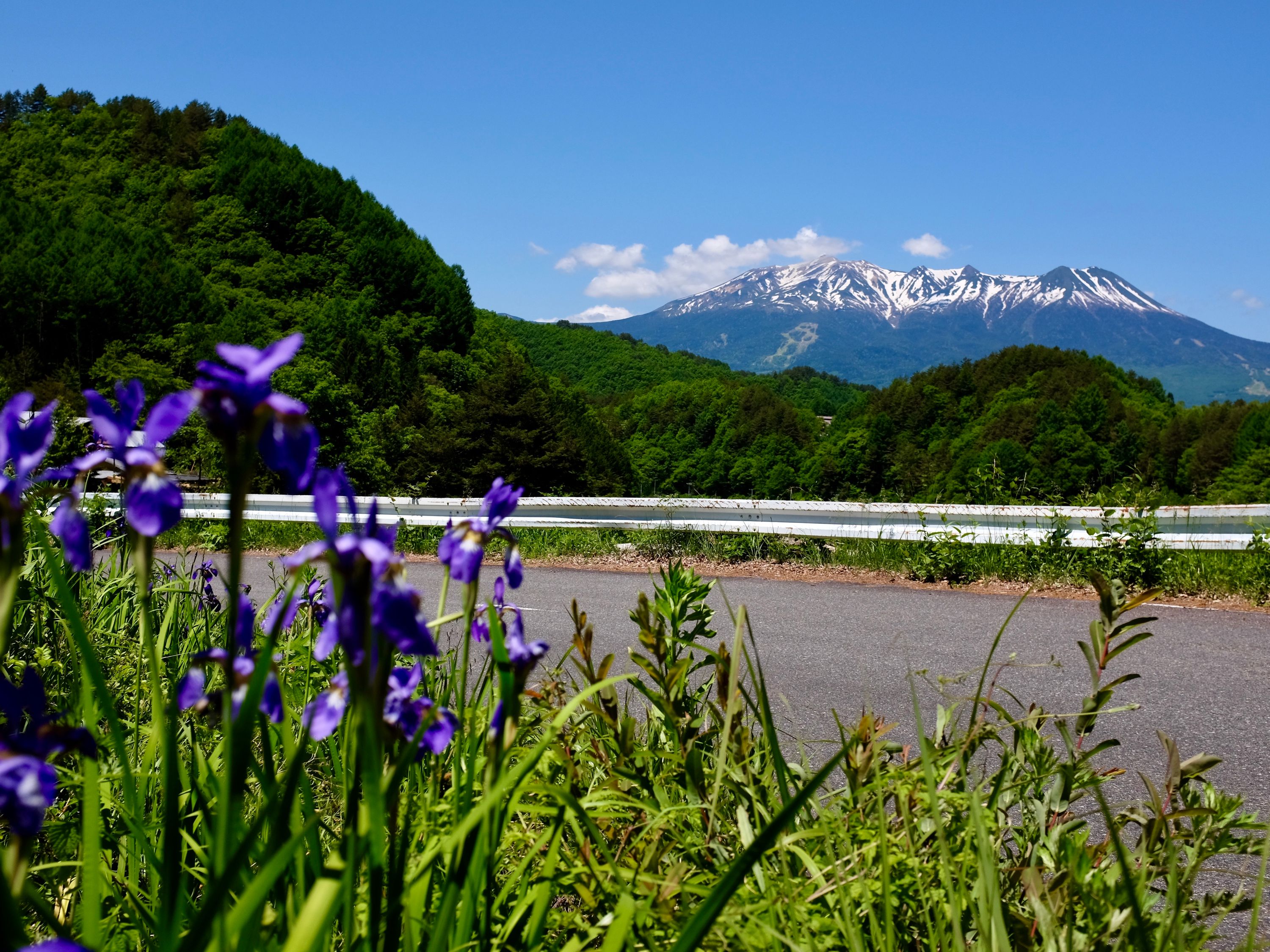
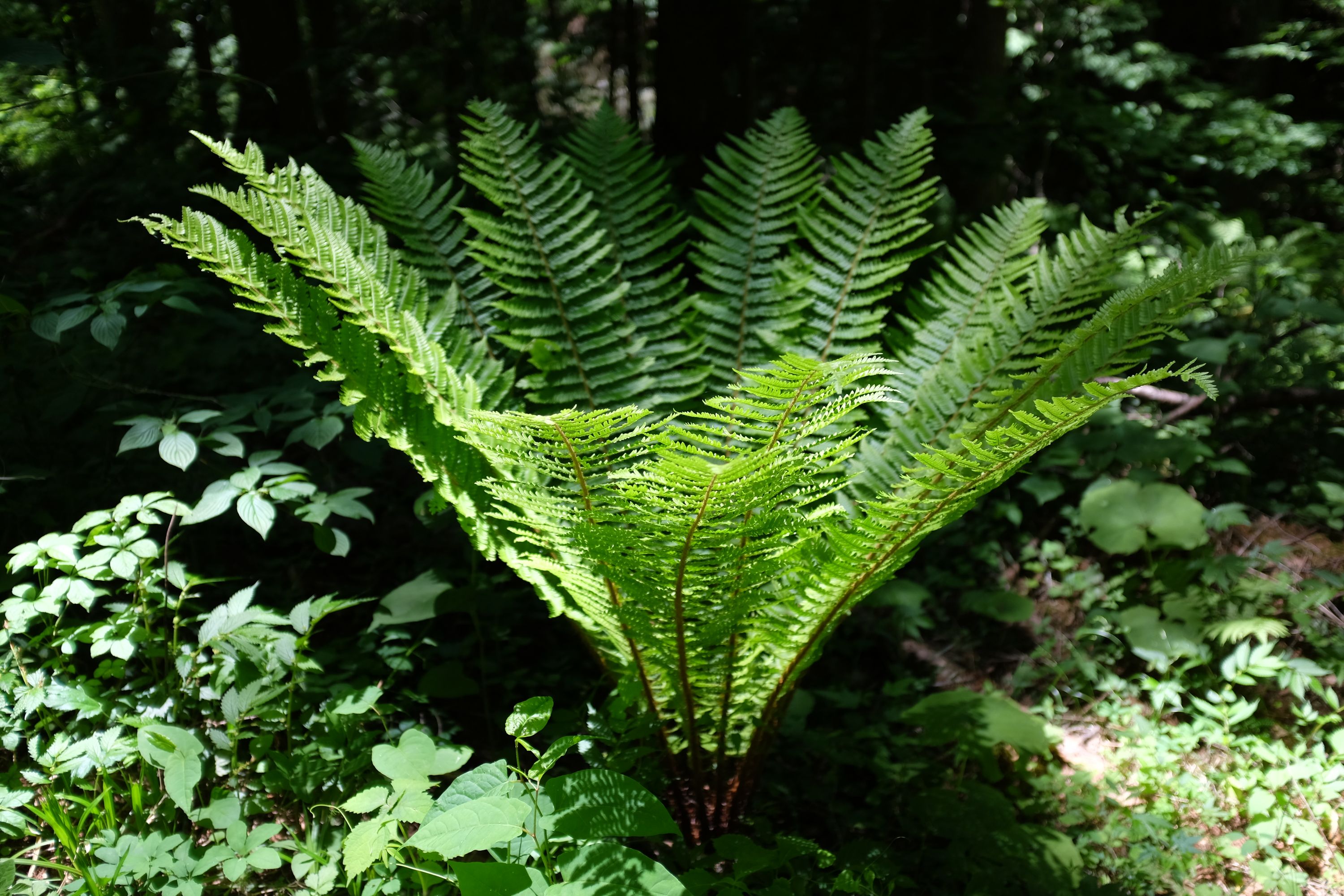
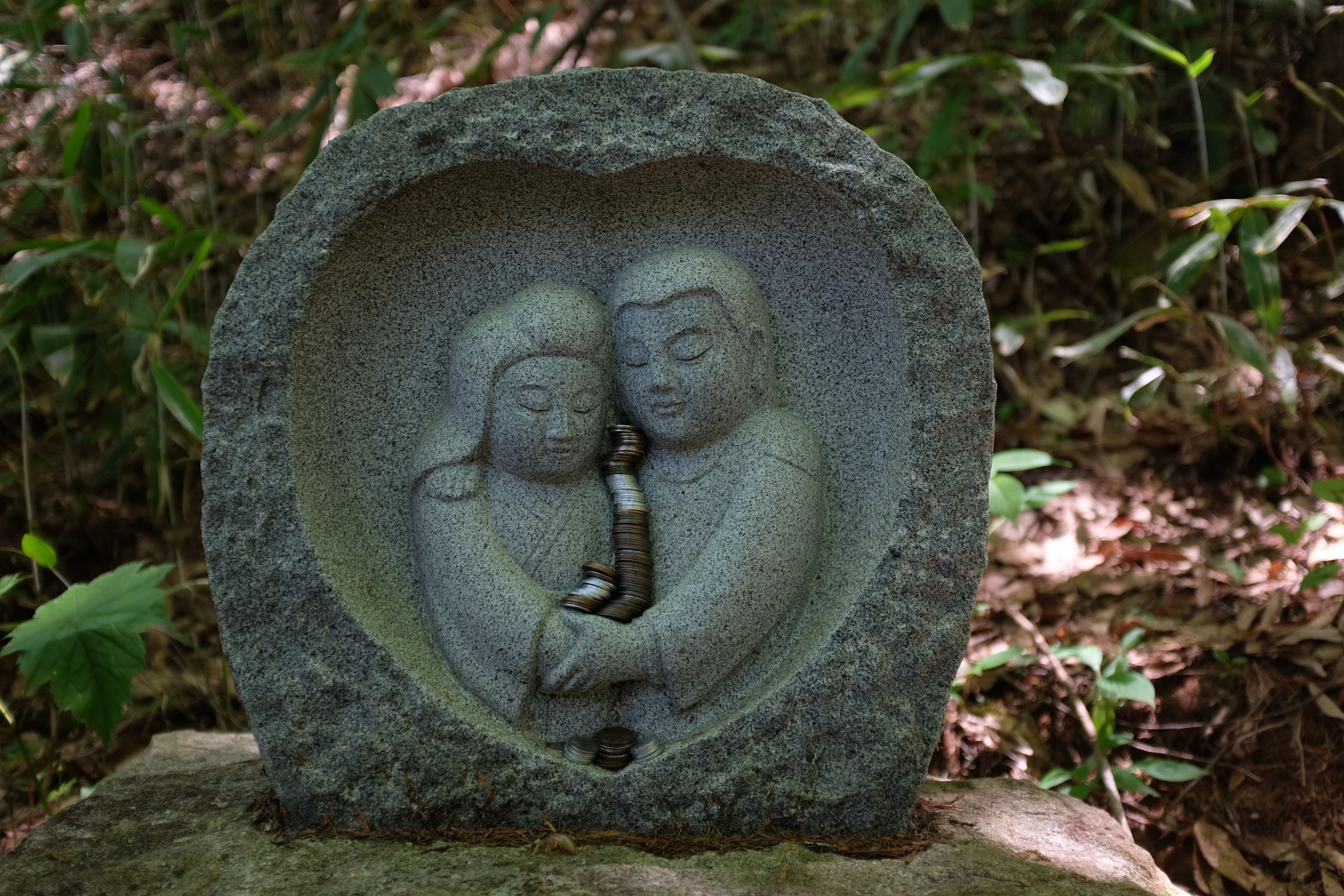
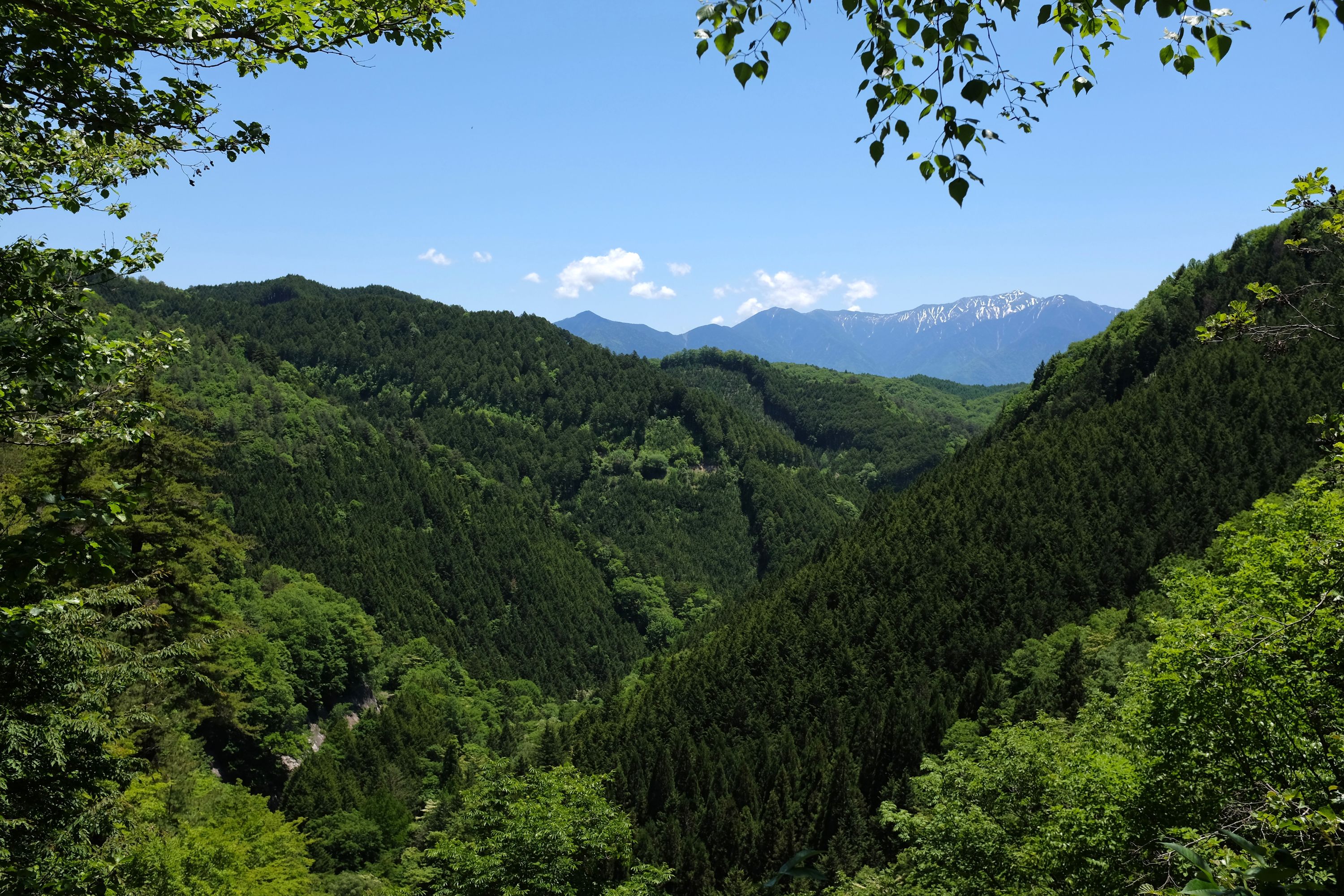
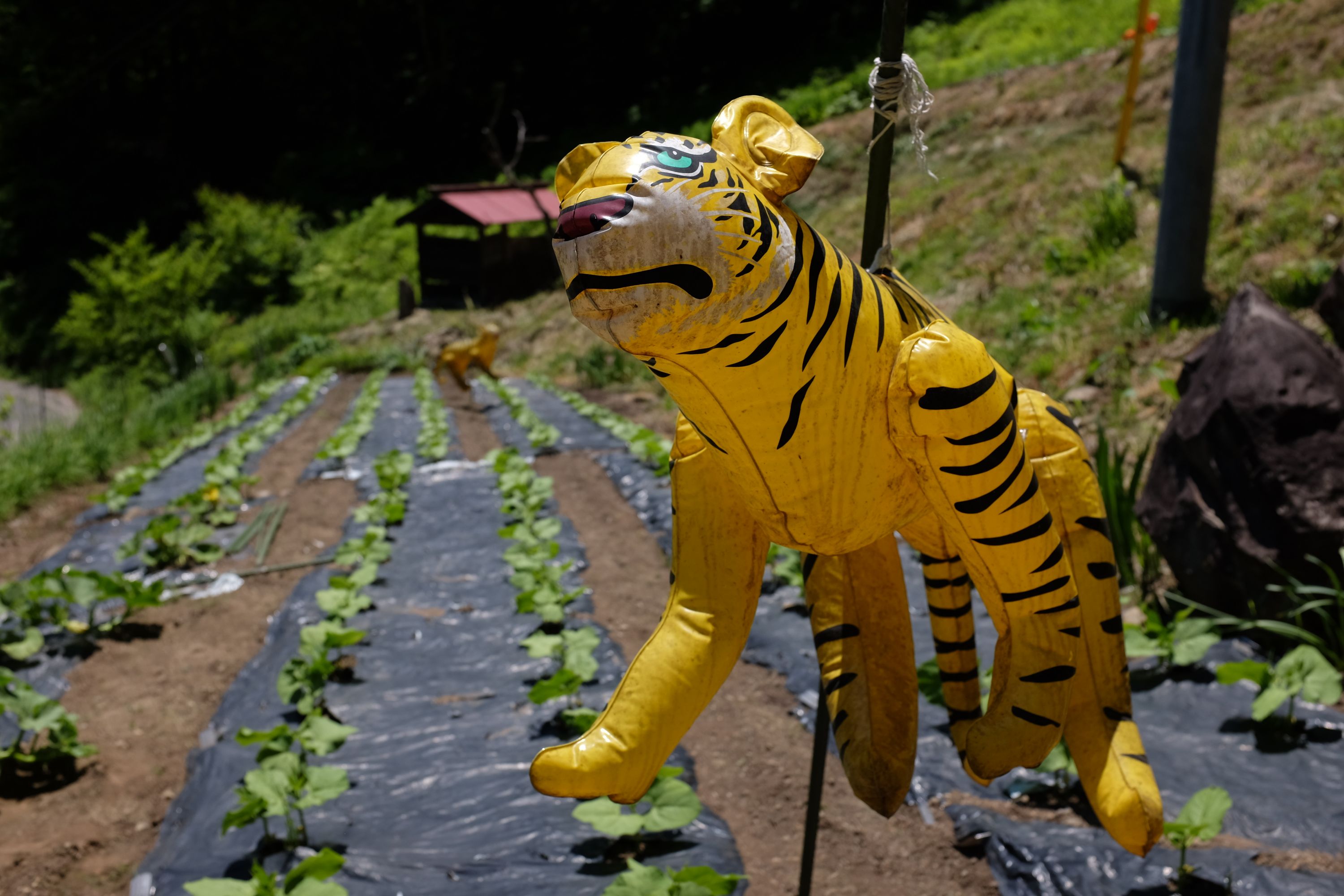
The birds of Nagano must be fearsome indeed, as evidenced by the ambush of inflatable scaretigers required to keep them off even this most meager of fields.
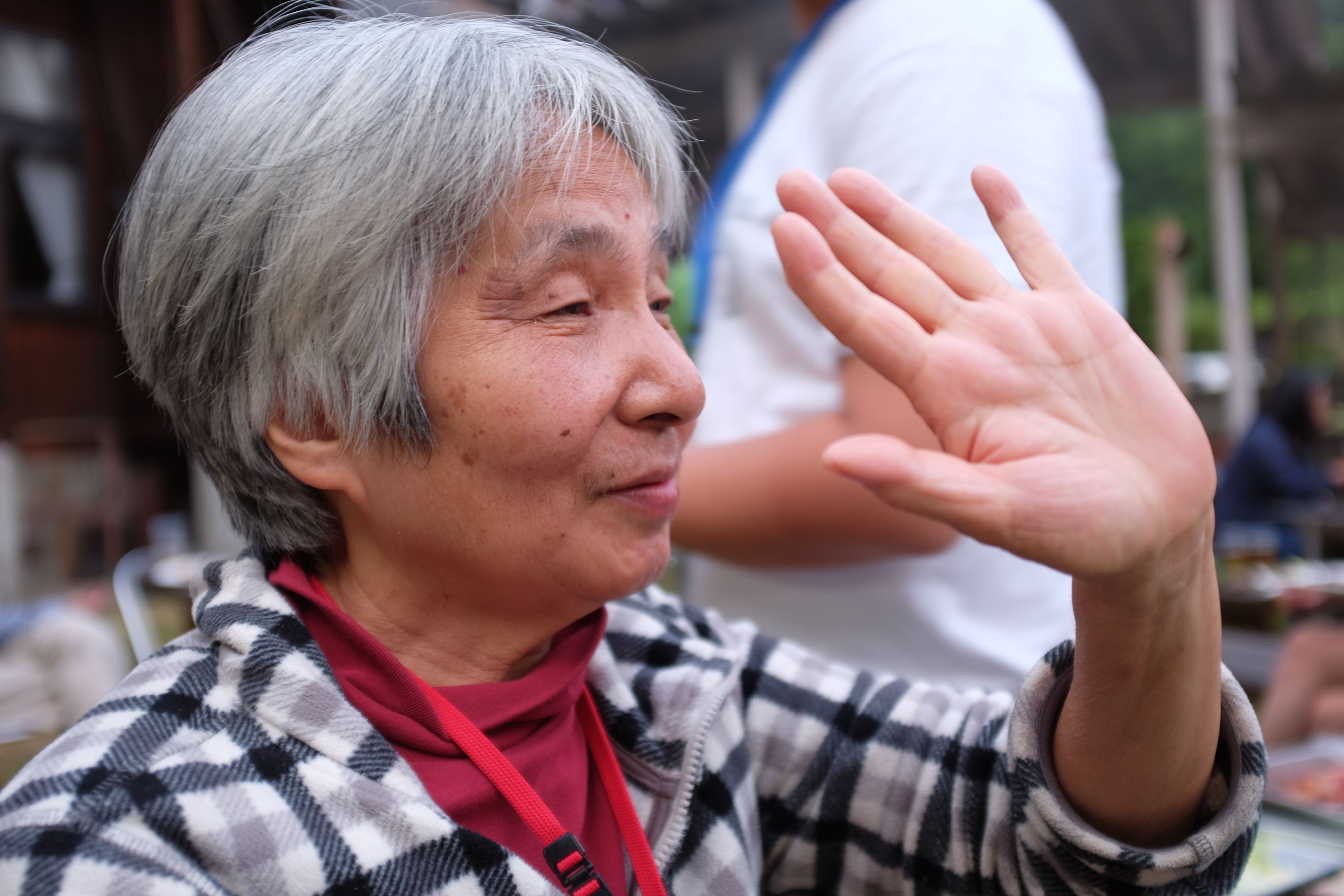
“Are you at the halfway point of a journey around the world?” Ms. Fumiko asked, in lieu of a hello. Well, almost, and I explained. We sat in the dining room of a glorious mountain onsen whose picture windows looked out on forested valleys and the white wall of the Kiso Mountains. “So you’re walking to Hokkaido? The food there is just splendid,” she said, and we both delighted in our adjectives and our compound sentences, a feast after weeks on a spartan diet of simple English. “And, by the way, we’re having a barbecue tonight, would you like to join us?” It wasn’t a moment for saying no. She drove off with her daughter, Chia, who lived in the Nagano mountains, and I followed them up the valley.
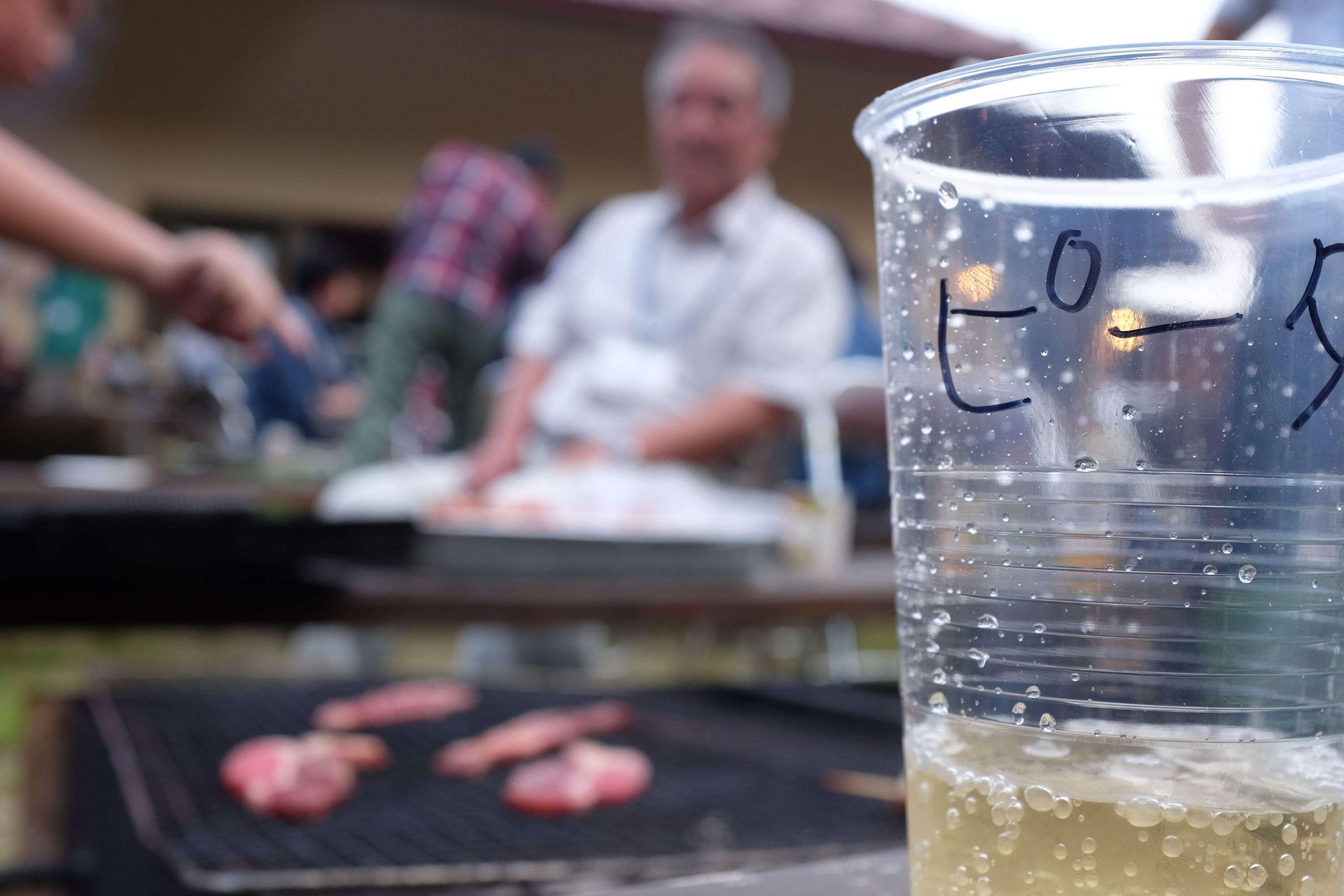
The easy way to tell you’re at a garden party in the Japanese countryside is that your cup may be plastic, and it may have your name on it, like anywhere else, but you’ll be drinking cold Moët & Chandon out of it, unlike anywhere else. Until the local sake maker arrives in a Day-Glo hippie shirt with sample bottles of his craft, that is.
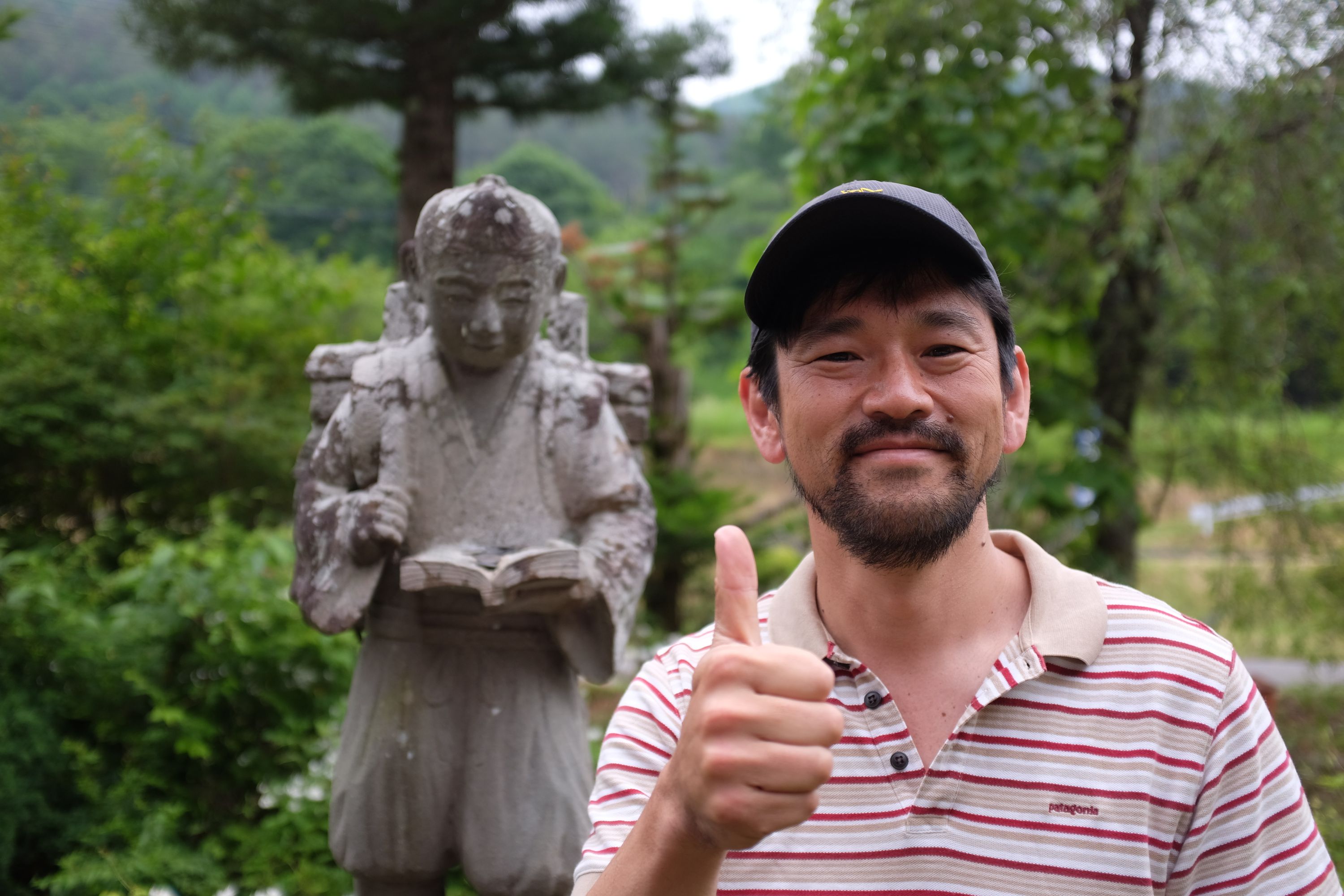
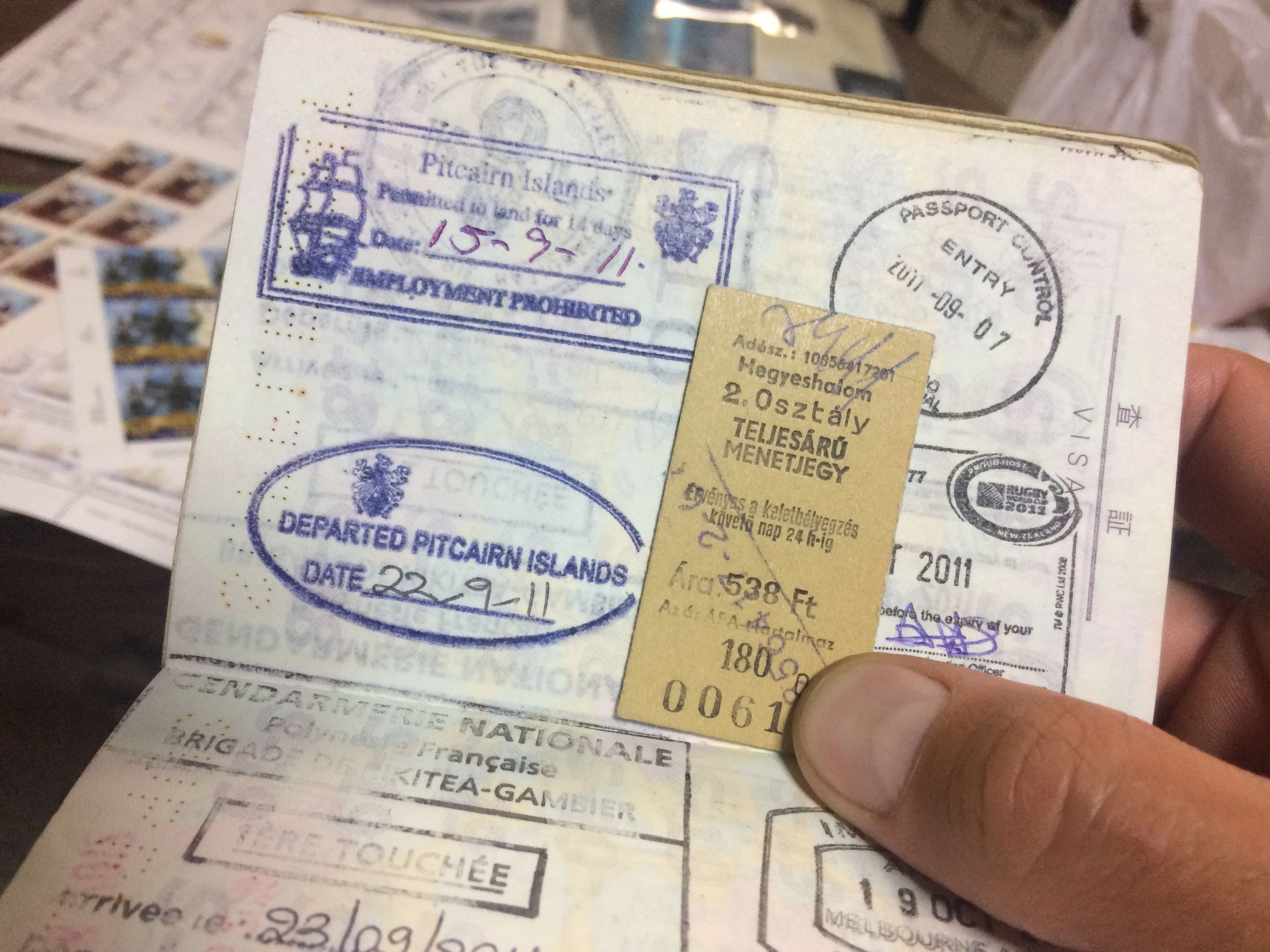
There was a stack of passports on Naoki’s dining table, and I flipped through one while he poured a drink. It was the strangest passport I had ever seen. Overlapping stamps covered every page, margin to margin, and the countries kept getting more remote, until they stopped being countries altogether.
There was Nauru, Somaliland, and Togo; there was Haiti, Iraqi Kurdistan, and Niue; the Turks & Caicos Islands, South Sudan, and South Georgia; there was a stamp from the same land border between Rwanda and Burundi that I had walked across four years before. A stamp from Pitcairn Island, which showed the HMS Bounty. And then it dawned on me.
“Yes, I’ve been to every country and territory in the world,” Naoki said. “Except Libya. They wouldn’t give me a visa.” It was a fabulous, weird, epic project, and it filled five passports. “Oh, and,” he said, “I walked the length of Japan in 96 days.”
I finished my drink, went upstairs to the guest room, and listened to the trains rumble up the Kiso Valley.

